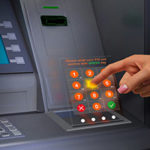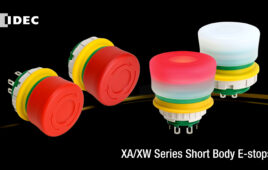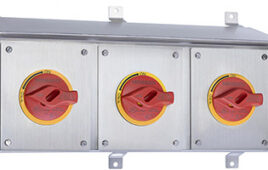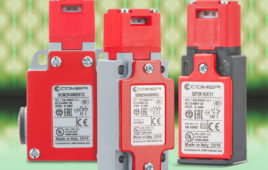Vancouver-based NZ Technologies — a designer and manufacturer of human machine interfaces (HMIs) primarily for the medical market — recently entered into a Manufacturing Collaboration Agreement with Dupar Controls to produce a modern take on elevator call buttons and panels. The latter is a maker of elevator and keypad components.

Shown here is a commercial elevator application for the HoverTap.
Together, the companies are manufacturing a no-touch HMI and control product called the HoverTap Lift to replace traditional elevator call buttons and panels … and render the elevator experience more hygienic. NZ Technologies (NZTech) will provide the core hardware. Dupar Controls will market the product to its extensive customer base.
How HoverTap technology works
HoverTap has two main components — a capacitive sensor hardware (in the form of a panel or LCD screen) and a controller loaded with programming that incorporates an AI algorithm. Together, the hardware and software allow accurate realtime 3D detection of users’ fingertips sans any latency associated with other touchless screens. The software interprets these positions as command inputs.
As mentioned, the HoverTap touchless technology for the elevator system comes in two offerings:
- HoverTap Lift — the sensor panel is installed above a lit LCD touchscreen in the elevator car operating panel (COP) displaying virtual buttons to allow touchless taps in the air for destination floor selection.
- HoverTap Swipe — the sensor panel is installed behind pressure-contact control buttons to allow contactless control with simple gestures such as swipes or taps in the air to call the elevator.
Designed with easy integration in mind, both HoverTap Lift and Swipe have a picture-frame form-factor that fits over a surface to enable touchless interactions. Flush panel mounting supports maintenance, aesthetics, and code compliance. The product solely relies on preloaded software and no cumbersome installation of apps. What’s more, there are no camera sensors in the product which avoids privacy concerns and bypasses various common hindrances to vision-based sensing problems, including ambient light fluctuations and obstructions.
The inspiration behind HoverTap is the patented TIPSO AirPad — an NZ Technologies flagship product developed to give surgeons contactless equipment controls in operation rooms during surgery.
The HoverTap technology was first installed for commercial use at the Ronald McDonald House in Vancouver, British Columbia, Canada. Now the technology is also employed in other buildings in Greater Vancouver to ensure a safe and healthy return-to-work environment for employees and visitors. Future HoverTap installations are targeted to educational institutes, airports, railway stations, medical buildings, and commercial offices — as well as the hospitality and hotel industry in their efforts to minimize the spread of COVID-19 and maximize facility cleanliness and convenience.
NZ Technologies | nztech.ca
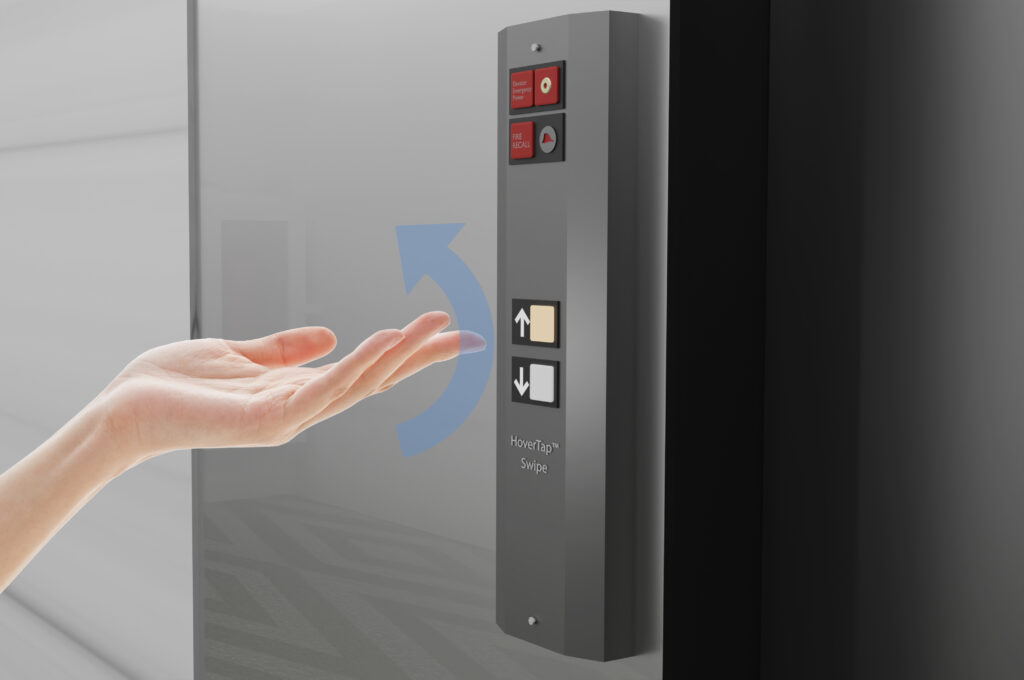


The HoverTap product combines a capacitive touchscreen with programming that leverages AI for touch-free controls of elevators. In fact, HoverTap technology can turn a variety of high-touch public surfaces (including ATMs and kiosks) into touchless and intuitive user interfaces.
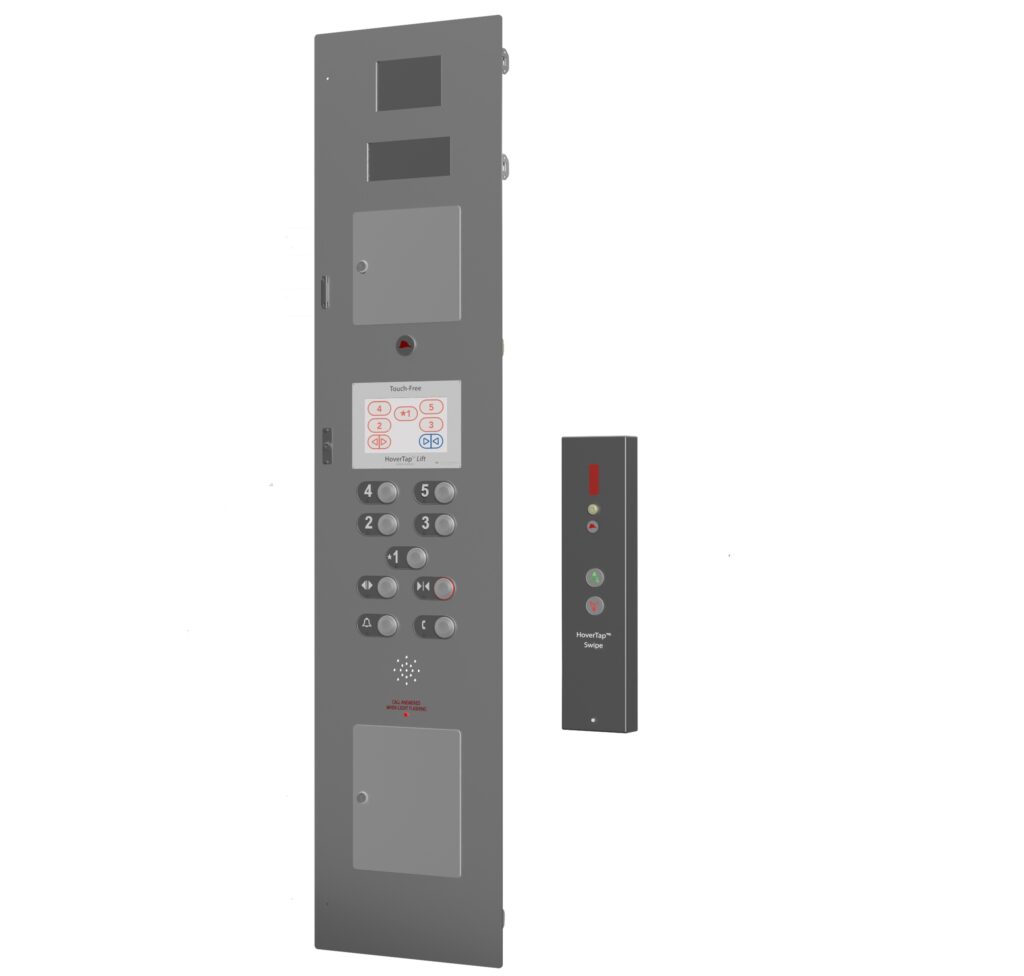
In collaborating with Dupar Controls as a manufacturing partner, NZ Technologies has commercialized a best-in-class product suite that includes the HoverTap Lift as well as the HoverTap Swipe for touchless elevator-cabin and hallway panels.
You may also like:
Filed Under: Switches


